Taking one of the core themes of empathy from my previous 2d animation, I decided to attempt to translate these ideas into a 3D animated model of the fox. This informed my design throughout, focussing on keeping the design stylised yet clearly identifiable as a fox. I wanted the viewer to feel sorry for these foxes, and not be afraid of them as many people are in real life.
[[walk cycle breakdown]]
Breaking down the anatomy of a fox (or any quadro'' ) , I was able to better understand the basic walk cycle, allowing for a more realistic animation. It also helped me understand how to shade and simplify the form. My research taught me that there are 3 main movement cycles a fox uses:
prowl- 3 feet on the ground at a time - slow/sneaky
Walk - 2 feet on the ground at a time, opposite feet - regular speed
Run - 2 feet on the ground at a time, parallel feet - fast
I decided to focus on replicating the walk, since I didn't want the fox to appear sneaky or aggressive
Having a strong core design and anatomical understanding were both crucial in forming the 3D model of my fox design:
A good 2D reference allowed me to better translate the style, colour and tone of the original drawing into a 3D VR model.
The anatomical understanding helped me in forming the design in a 3D space, meaning it was easily distinguishable from and viewing angle.
By using transform keyframes for each section of the fox, I was able to form a core movement based off my initial 2d animated walk cycles. This meant that i could perfect the timing and placement of each part that needed to be animated. I then proceeded by adjust each frame of the animation to allow for more fluid, realistic and expressive movement
[[final fox animation in context]]
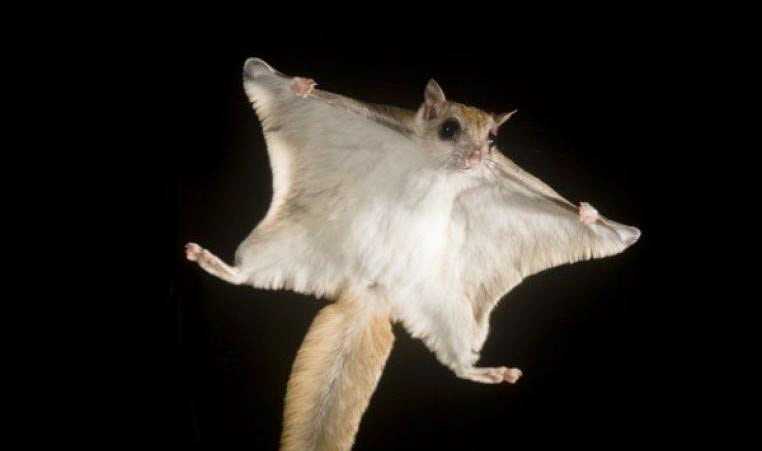
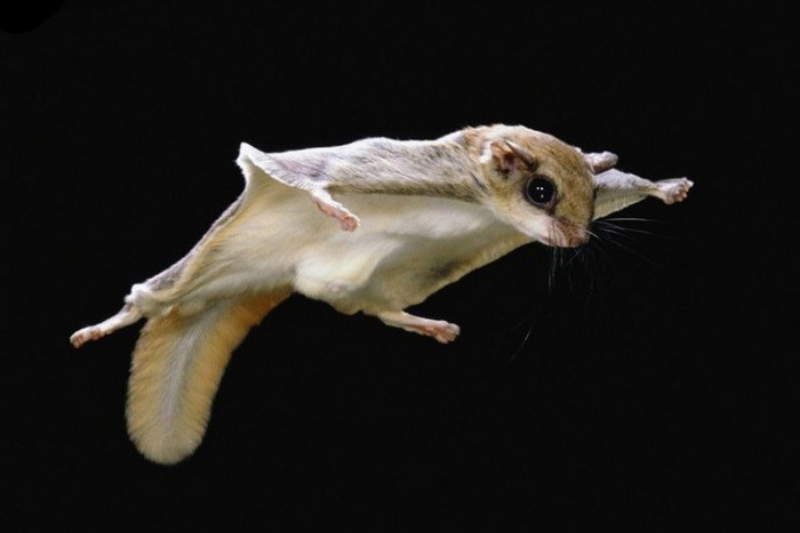
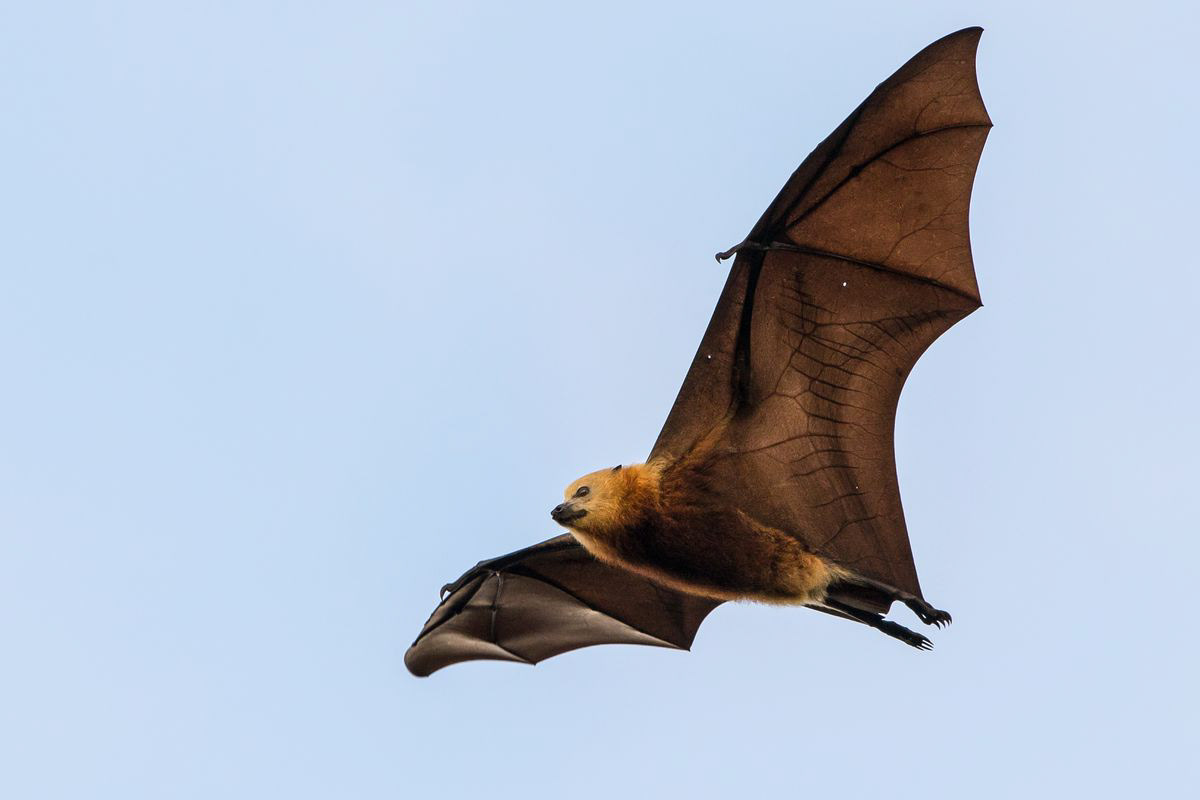
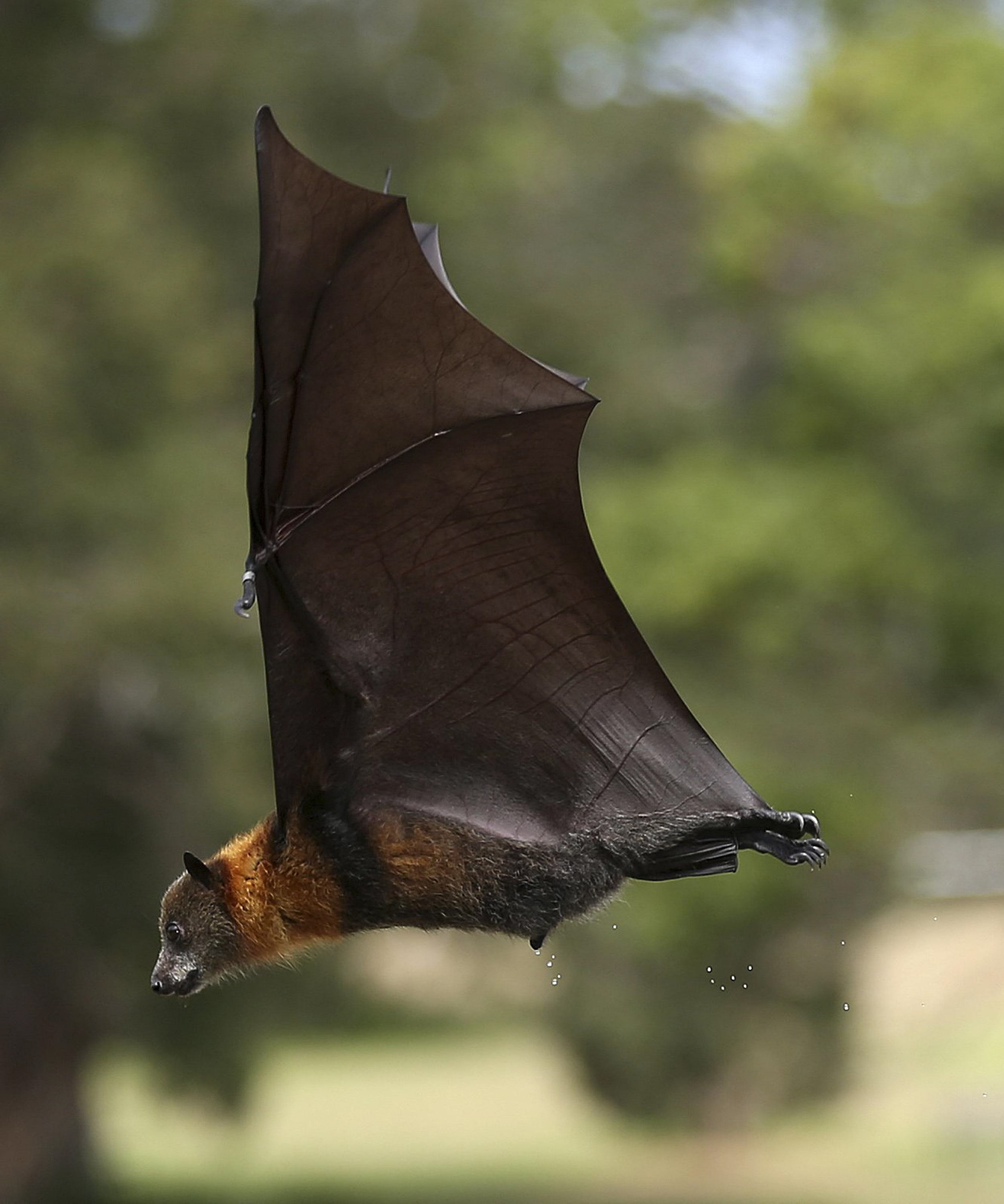
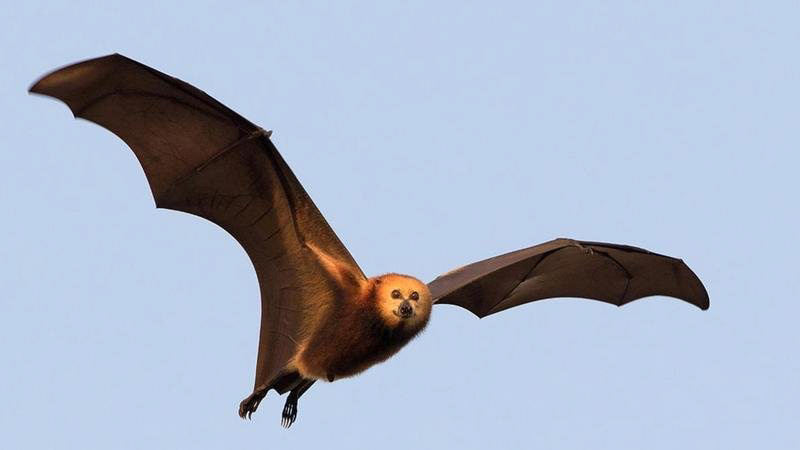
[[Dev Process]]